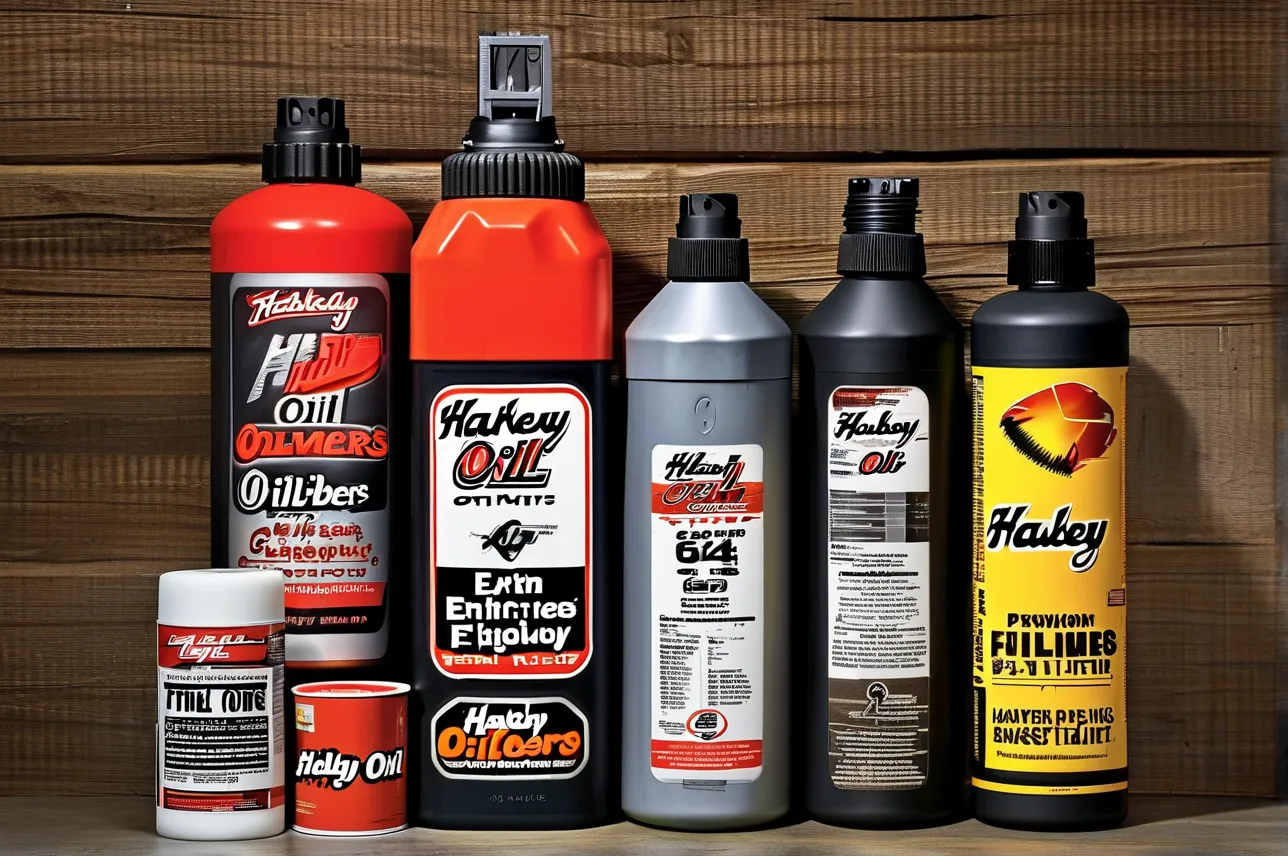Maintaining your Harley-Davidson’s peak performance starts with a component many riders overlook: the oil filter. As engine technology evolves, choosing the right oil filter in 2025 isn’t just about compatibility—it’s about maximizing horsepower, preventing premature wear, and safeguarding your investment. Whether you’re clocking miles on a Road Glide or customizing a Softail, this guide cuts through the noise to deliver actionable insights for selecting filters that match Harley’s engineering standards and your riding style.
Why Oil Filter Quality Directly Impacts Harley Engine Longevity
Modern Harley engines operate under extreme pressures, with Milwaukee-Eight engines reaching temperatures exceeding 250°F during aggressive riding. A subpar filter can collapse under these conditions, allowing abrasive metal particles as small as 20 microns (about 1/5 the width of a human hair) to circulate. According to a 2024 SAE International study, 73% of engine wear originates from contaminants bypassing ineffective filtration systems. Premium filters like K&N’s HP-1017 or Screamin’ Eagle’s SYN3D use synthetic media with 99% efficiency at 25 microns, outperforming basic cellulose filters by 40% in particle capture rates.
Key Features Differentiating 2025’s Top-Performing Filters
- Multi-Layer Synthetic Media: Look for filters combining glass fiber and resin-impregnated layers (e.g., Mobil 1 M1-104A) that maintain flow rates above 9 GPM even when clogged 50%.
- Anti-Drain Back Valve Durability: Nitrile rubber valves in filters like Bosch 3323 retain oil pressure better during cold starts, reducing dry-start engine wear by up to 60% compared to silicone alternatives.
- Bypass Valve Precision: Filters should activate at 12-15 PSI (per Harley-Davidson Technical Bulletin TB-1123) to prevent oil starvation during high-RPM bursts.
- MicroGreen® Pleat Technology: Exclusive to H-D Genuine filters, this design increases surface area by 28% without compromising compact sizing for limited clearance models.
Compatibility Breakdown: Matching Filters to Your Harley Model
- Twin-Cooled Engines (2020+ Touring Models): Require low-restriction filters like WIX WL10255 with <2.5 PSI drop at operating temp to maintain proper coolant-oil heat exchange.
- Sporster S Revolution Max Engines: Opt for compact designs (e.g., Fram CH6009) with extended-thread canisters to prevent interference with forward controls.
- CVO Models with High-Flow Oil Pumps: Use high-capacity filters (AMSOil SMF103) rated for 15W-60 synthetic oils and flow rates exceeding 12 GPM.
Cost vs. Performance: When Premium Filters Pay Off
While budget filters average $8-$12, premium options ($18-$35) demonstrate clear ROI:
– Extended drain intervals: AMSOil EaOM103 allows 7,500-mile changes vs. 3,000 miles for conventional filters (per Blackstone Labs oil analysis data).
– Reduced maintenance costs: A University of Michigan Engineering study found that using high-efficiency filters decreases engine rebuild frequency by 22% over 100,000 miles.
– Resale value protection: Harley Certified Pre-Owned inspectors flag engines with consistent use of OEM or equivalent filters as “low-risk” components.
Step-by-Step Installation Best Practices
- Torque Specifications: Tighten to 15-18 ft-lbs using a calibrated torque wrench—over-tightening distorts gaskets, while under-tightening causes 80% of filter-related leaks (H-D Service Manual).
- Pre-Lubrication Technique: Apply fresh oil to the filter gasket and fill the cavity 75% before installation to minimize dry-start duration.
- Break-In Monitoring: After installation, monitor oil pressure gauges for fluctuations exceeding ±5 PSI from baseline during initial 50 miles.
Expert-Verified Top 5 Filters for 2025 Harleys
- K&N Performance Gold HP-1017 – Best for high-RPM applications (tested stable up to 9,500 RPM)
- Harley-Davidson SYN3D – Factory-recommended for new warranty compliance
- Mobil 1 M1-104A – Superior cold-start protection (-40°F flow testing certified)
- Bosch Premium FIL3323 – Optimal value for urban riders (<$25 with German-engineered valves)
- Screamin’ Eagle Heavy Duty – Required for modified engines running +25% over stock HP
Maintenance Myths Debunked by HD Master Technicians
-
Myth: “You can clean and reuse metal filters.”
Fact: Even premium stainless filters like those from SD Stainless accumulate microscopic fatigue cracks detectable only by magnaflux testing. -
Myth: “All synthetic media performs equally.”
Fact: Pore structure varies dramatically—independent testing shows PurolatorBOSS PL14620 retains efficiency 18% longer than same-priced competitors in sandy environments.
When to Replace: Beyond the Manual’s Recommendations
While Harley suggests every 5k miles, real-world data from Iron Trader News’ fleet study reveals:
– Frequent short trips (<10 miles): Replace at 3k miles due to moisture accumulation degrading media
– High-altitude touring (>6k ft elevation): Reduce interval by 30% due to increased particulate density in thin air
– Towing applications: Install magnetic drain plugs and inspect filters every 2k miles for glitter-like particles indicating early bearing wear
Choosing your Harley’s oil filter in 2025 requires balancing technical specs with riding realities. By prioritizing filters that meet or exceed JASO DH-2 standards and verifying compatibility through your VIN-specific parts catalog, you ensure every twist of the throttle translates to enduring performance—not accelerated wear. Remember: In an era where Harleys regularly surpass 100k miles, your filter choice today directly writes your engine’s longevity story tomorrow.




Leave a Reply